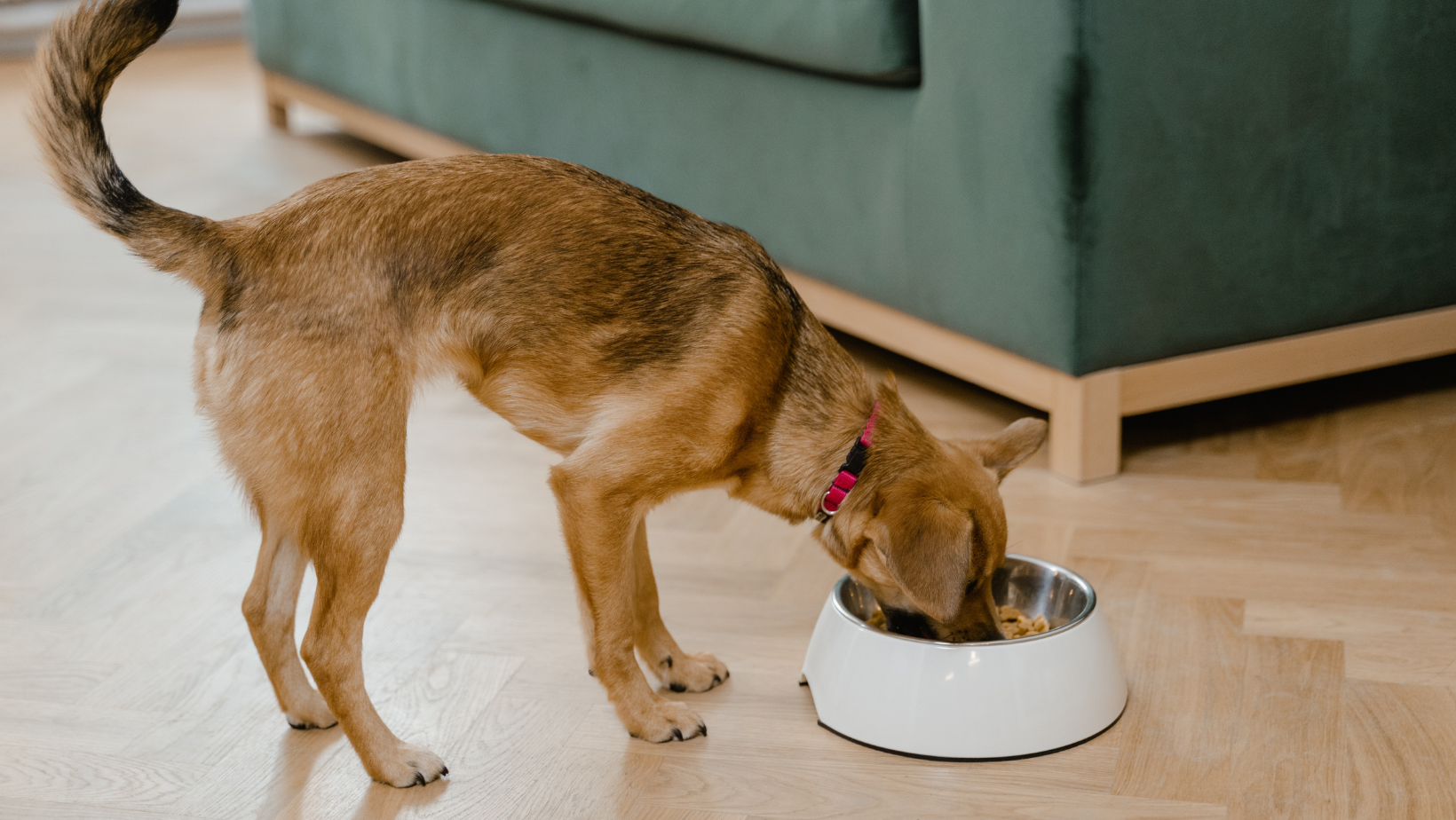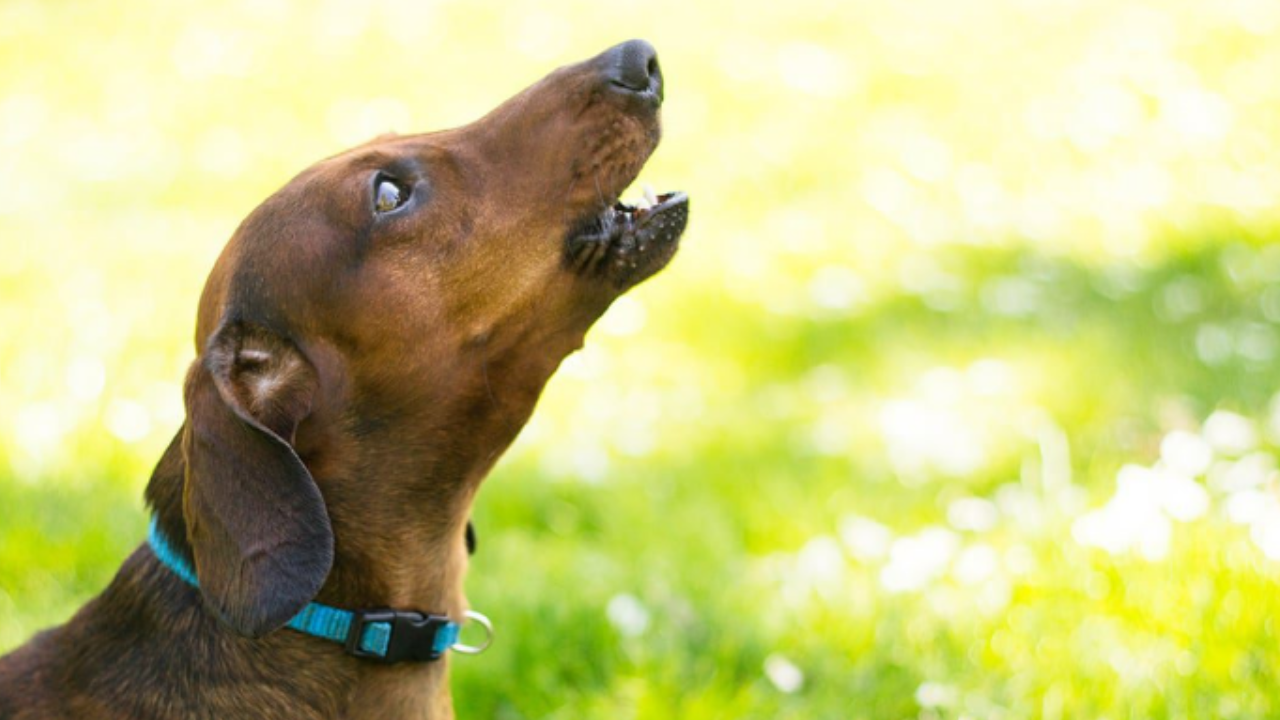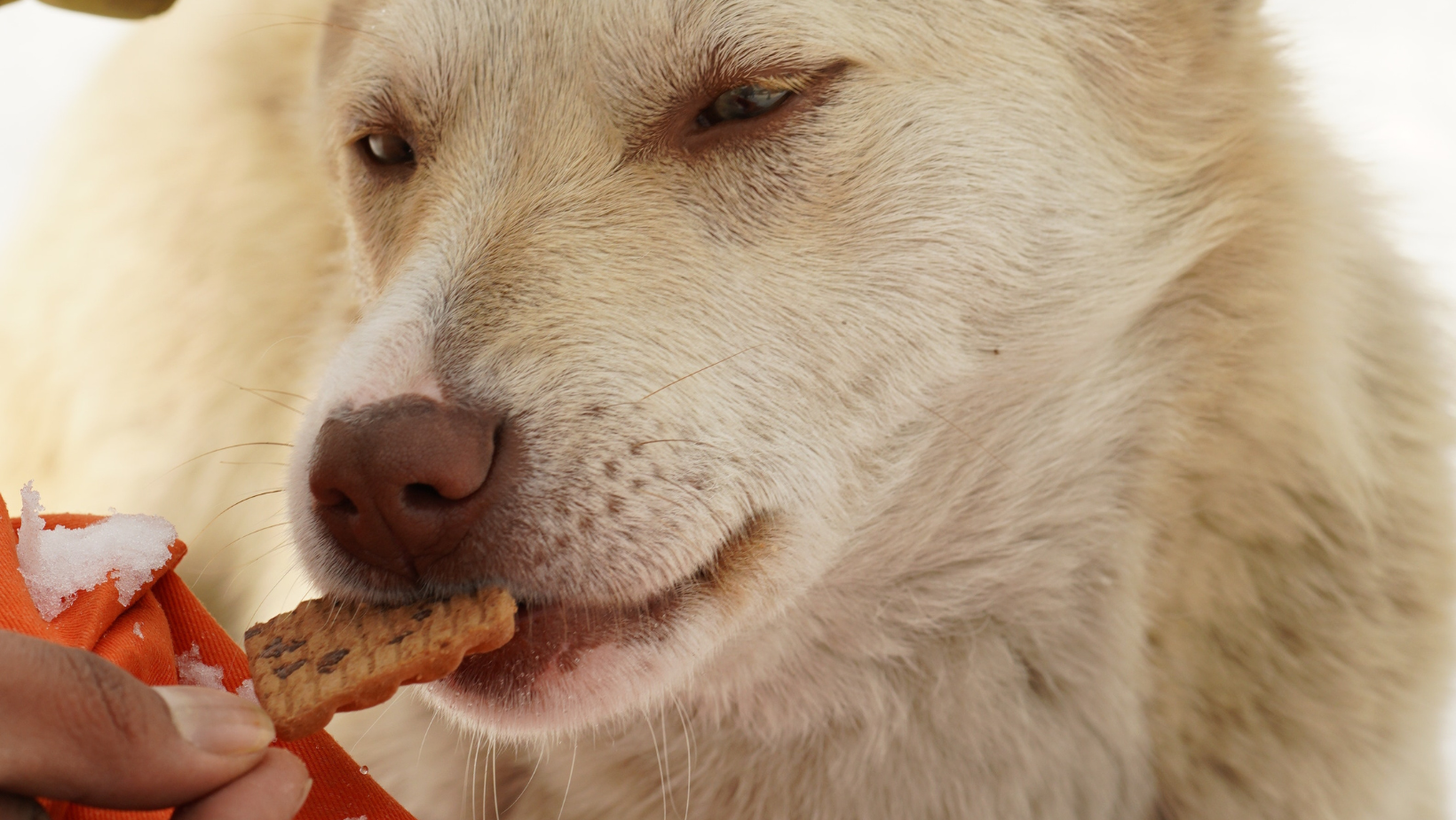6 Signs it’s Time to Change Your Dog’s Food

Selecting a dog food can be difficult, and some of us choose to buy the same brand for the whole of our dog’s life. The reality is that, “we now know that changes in our pet’s life stage, general health, and activity level may and do affect their dietary demands over time.” In this blog we will discuss about 6 Signs it’s Time to Change Your Dog’s Food
What Age Should I Change My Dog’s Food?
There are three life stages that experts believe are crucial for your dog to discuss with your veterinarian when it comes to diet. The puppy life stage is the first. During this period a dog food rated for “growth” is needed because it is specifically designed for puppies and kittens according to the AAFCO (Association of American Feed Control Officials, which sets standards for pet foods in the United States). Developing puppies need pet diets with a higher protein content and more calories to suit their nutritional needs. According to Vet “Your pet’s growth may be hindered and/or your pet may become ill if these dietary demands are not met,” the warning reads.
The adult life stage is the second life stage for which you ought to talk to your veterinarian about dietary adjustments. According to Vet, obesity is currently the most prevalent nutritional condition in both dogs and cats. “Inappropriate eating for the life stage is one cause of this. For instance, if given pet food intended for pups or kittens, an adult dog or cat—especially one who maintains a sedentary lifestyle—might gain weight or even become obese. Pet food labeled as “all life stage” can also deliver excessive fat and nutrients your adult pet does not require, as it is formulated for kittens and puppies. Instead, you ought to search for dog food that has an AAFCO rating of “adult maintenance.”
The senior life stage is the third life stage to be aware of. Changes in food may be beneficial for senior pets that frequently experience health problems. For older dogs with movement concerns, a veterinarian might suggest a pet food that contains glucosamine and/or fatty acids like DHA and EPA. Vet asserts that giving your pet the right food can occasionally be a successful way to treat conditions like chronic renal disease and heart disease. For your senior dog, look for a pet food with an adult maintenance statement because the AAFCO does not have a senior life stage.
What are other Signs it’s Time to Change My Dog’s Food?
In addition to discussing nutrition with your vet as your dog transitions through different life stages and lifestyle changes, it’s critical to keep an eye out for specific outward indications that diet modification is required.
Here are 6 Signs it’s Time to Change Your Dog’s Food:
1. Dull, Flaky Coat
A dog’s skin health and, by extension, the condition of his or her coat depend heavily on diets high in essential fatty acids. Many dog meals are created with the goal of improving skin and hair. If you want your dog’s coat to become lustrous and vibrant quickly, look for a food that includes both Omega-3 and Omega-6 fatty acids.
2. Lethargy/Weakness
Your dog might understandably feel a little exhausted if he had recently endured a stressful event, an illness, or surgery. Antioxidant-rich diets can speed your dog’s recuperation and get them back on their feet quickly by boosting the immune system.
3. Senioritis
Your dog might understandably feel a little exhausted if he had recently endured a stressful event, an illness, or surgery. Antioxidant-rich diets can speed your dog’s recuperation and get them back on their feet quickly by boosting the immune system.
4. Hefty Midsection
It doesn’t take much for a pet to start carrying about additional weight, and little dogs are especially susceptible to this. According to Vet, “a diet specifically designed for weight loss will guarantee that they still obtain the right amount of important nutrients, vitamins, and minerals while absorbing less calories if your pet needs to shed a few inches.” These diets make use of the most recent findings in pet weight management to guarantee that your dog is quickly on the road to a healthier weight!
5. GI Disturbances
“Food intolerance or the poor quality of the food that you are feeding your pet can result in chronic flatulence, loose stools, or rumbly stomachs,”. GI distress makes your pet uncomfortable and causes owners inconvenience. Speak to your vet; the problem can be as simple to solve as switching to premium dog food or a sensitive stomach diet that’s suitable for your pet.
6. Itchy Dog
Pet allergies are prevalent, and there are many potential causes besides food. However, allergic pets may benefit from a low-allergen diet that lessens their exposure to potential allergens, regardless of the source. Depending on the specific requirements of your pet, your veterinarian may advise either a prescription food or an over-the-counter sensitive skin diet.
Plan for Success
The right food is one of the most crucial strategies to guarantee your dog’s long-term health, but it cannot replace medical attention. Consult a vet if you think your dog will benefit from a fresh diet! A long, healthy, happy life is a result of proper eating and wise decisions.





